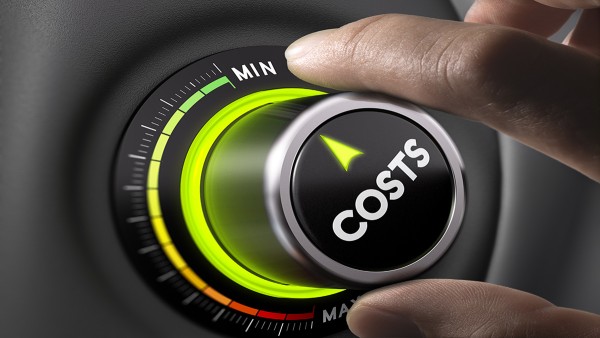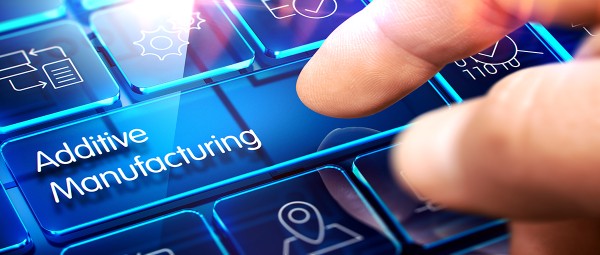Reaping the rewards of 3D printing
Tim Stratton, Tooling Department Leader at the Schaeffler UK plant in Sheffield, discusses some of the cost savings the plant is seeing by investing in 3D printers for production tooling, as well as additional benefits in Health & Safety, ergonomics and freeing up valuable CNC machining capacity.
3D printing, also known as additive manufacturing, originated as a tool for rapid prototyping, though it has now evolved to encompass a number of different applications, including visual and functional prototypes, tooling aids and end-use parts. As the potential applications for 3D printing increase, companies are starting to find ways to create new business opportunities and make cost savings.
For manufacturers, one of the primary benefits of 3D printing is cost reduction: it’s much less expensive than traditional manufacturing methods and machinery. Waste is also reduced, as traditional manufacturing methods tend to create a lot of waste material. These traditional manufacturing processes also tend to restrict the designs that can be produced. 3D printing enables companies to produce a wide variety of products, in complex geometries if required.
3D printing for tooling
Sheffield is the first Schaeffler Group production plant to use 3D printing for tooling for a complete production line. At the end of 2020, we started to investigate 3D printing technology for manufacturing. Due to the size of the tooling we required, we weren’t sure this was the right avenue, though quickly we identified that a 3D printer that could print the size of parts we needed. Delivered in July 2021, the machine had an immediate positive impact, resulting in some big savings. The machine prints one part made from two materials: a soft TPU and a Tough PLA. We found we could use it to print parts for handling equipment. Parts that previously took two weeks to manufacture in-house – or six weeks if we outsourced them – could be printed in a few hours.
Fraction of the machining cost

Typically, we’ve found that the 3D printing cost is around 5% of the CNC machining cost. We could also solve problems that couldn’t be solved before with traditional manufacturing. For example, we have production lines that use receiving plates and carrier sets that components are built up in. These can be sets of 8 to 25 depending on the particular line. Compared to the traditional costs of receiving pates, utilising additive manufacturing for tooling has saved 95-96% per set of receiving plates. A huge saving.
Another benefit is when we have a handling error on a line; sometimes components can stick to a press and they end up stacking. This would destroy an expensive receiving plate and could also damage the tooling. Now, the same handling error just destroys a much more cost-effective printed plate, without damaging anything else.
Freeing up machining capacity
Traditionally tooling parts were manufactured with a CNC machine. Now we are able to 3D print parts, our CNC machines and the operators are freed up to produce tooling that would have previously been sent out to subcontract Tool Rooms. We can also set the printer running and that’s it. Previously you would need an operator minding a CNC machine. It means that focus can be more on production and fewer parts are outsourced. Typically, it costs three times more to outsource parts than to make them in-house, so we’re making big savings here.

Improved health and safety

Moving from solid metal to printed hollow plastic parts, we’re getting huge weight reductions, resulting in less wear and reduced energy consumption. A small receiver plate weighs 250g, which would have been 3-4kg. As we need 25 on a line and transporting them down the line requires electricity, this puts wear and tear on the machines. With the receiving plates, for example, a person could carry one or two metal plates at most. Now they can carry a complete printed set in one hand. From an ergonomics point of view, we’ve seen faster machine changeovers too.
We’ve had lots of positive engagement with 3D printing. We are constantly looking to see how we can do things differently and improve production. Additive manufacturing is definitely a game changer. There is so much more unlocked potential in using 3D printing to improve manufacturing processes across an array of areas.
